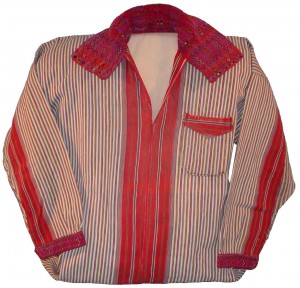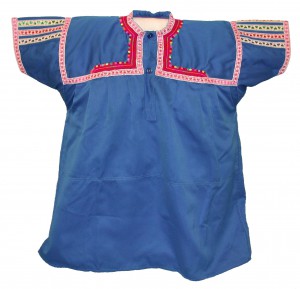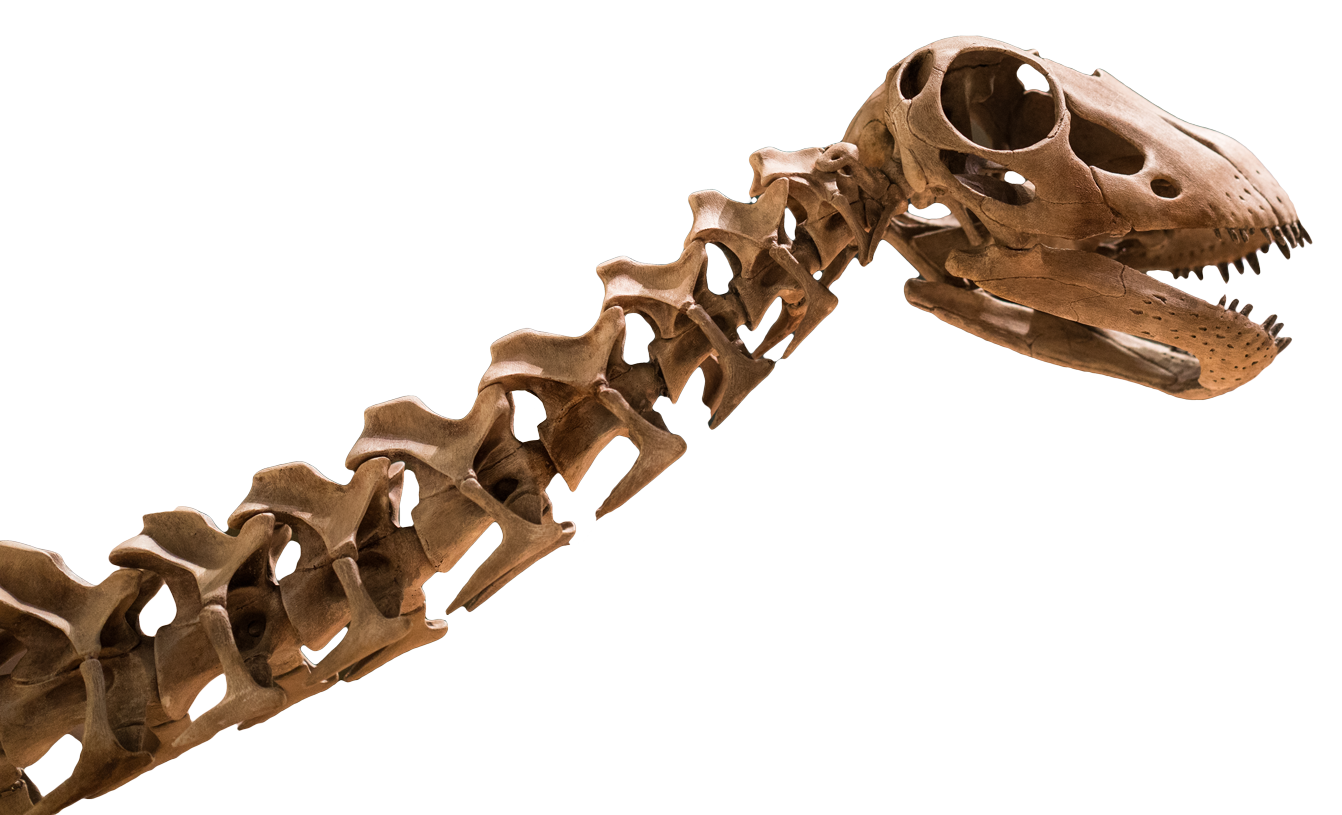On the most basic level, the mere presence or absence of traditional Maya clothing communicates the wearer’s ethnicity. Native people throughout Central America and Mexico are readily identified by their traje, or traditional styles of clothing. On the other hand, people who no longer identify with their indigenous heritage are more likely to adopt Western clothing styles. In this way, clothing serves as a racial or ethnic marker and people will react to an individual based on assumptions made because of the type of clothing he or she wears. In the past, particularly during the colonial period, laws mandated what type of clothing a person wore, as Indians were forbidden to wear or purchase European-style clothing. The difference between traditional Maya and Western clothing styles is readily apparent. Compare these two pieces of clothing to the pants or blouse you may be wearing right now.


While in the past the distinction between Indian and non-Indian clothing served as a convenient marker of ethnicity, this distinction is losing some of its rigidity. Now, the choice of what to wear is not an all-or-nothing decision. Some people wear an item or two of non-traditional clothing, like plastic sandals, a sweater, or Western style shirts. Perhaps these items of clothing are more comfortable or there is no one in the household with enough time to weave for the family. Or maybe the new and different style is appealing because it is seen as beautiful, exotic, or prestigious. People may change their style of clothing for all sorts of reasons and can do so gradually. Therefore, it is not uncommon to see blended styles of clothing in which one or two items of Western style clothing are incorporated into an outfit.
While some Maya people refuse to give up their traditional style of clothing, they are not averse to incorporating some Western elements into that clothing tradition. For example, in some villages women’s huipils and men’s pants have taken on the more tailored look common in Western clothing while maintaining their traditional style, particularly in weaving and embroidery.

This man’s shirt from Todos Santos Cuchumatan, Guatemala, shows the influence of Western style in its chest pocket and machine stitching. Also, it is worn with pants largely of Western design; the pants are fitted rather than loose and have a waistband and beltloops, features absent in the older styles of pants.
In many ways, though, this outfit remains true to the traditional clothing styles for this Maya community.
The fabric of the shirt is woven on a backstrap loom, the cuffs and collar are heavily brocaded, and like most traditional shirts, it has no buttons.
This type of influence can work the other way as well. Some Maya people will wear Western styles of clothing, but will embellish them with embroidery of traditional designs and motifs. In areas where women work outside the home and have less time to engage in the time-consuming process of weaving huipils or where they cannot afford to buy expensive huipils, this blending of Western clothing and traditional designs is popular.

This blouse from Chamula, a Tsotsil town in Chiapas, Mexico, is a great example of this blending of Western and native designs.
The fabric for this huipil is commercially woven, as is the fabric tape decorating the blouse’s bodice. And unlike many huipils, this blouse has functional buttons at the neck. In these ways, it is a very Western style blouse.
On the other hand, like most traditional huipils, this blouse is decorated on the bodice, especially its neckline and sleeves. While more traditional huipils would feature elaborate brocade on the bodice, this huipil features embroidery and fabric tape. And even though this blouse is somewhat tailored, it maintains the overall loose fit of a huipil.


